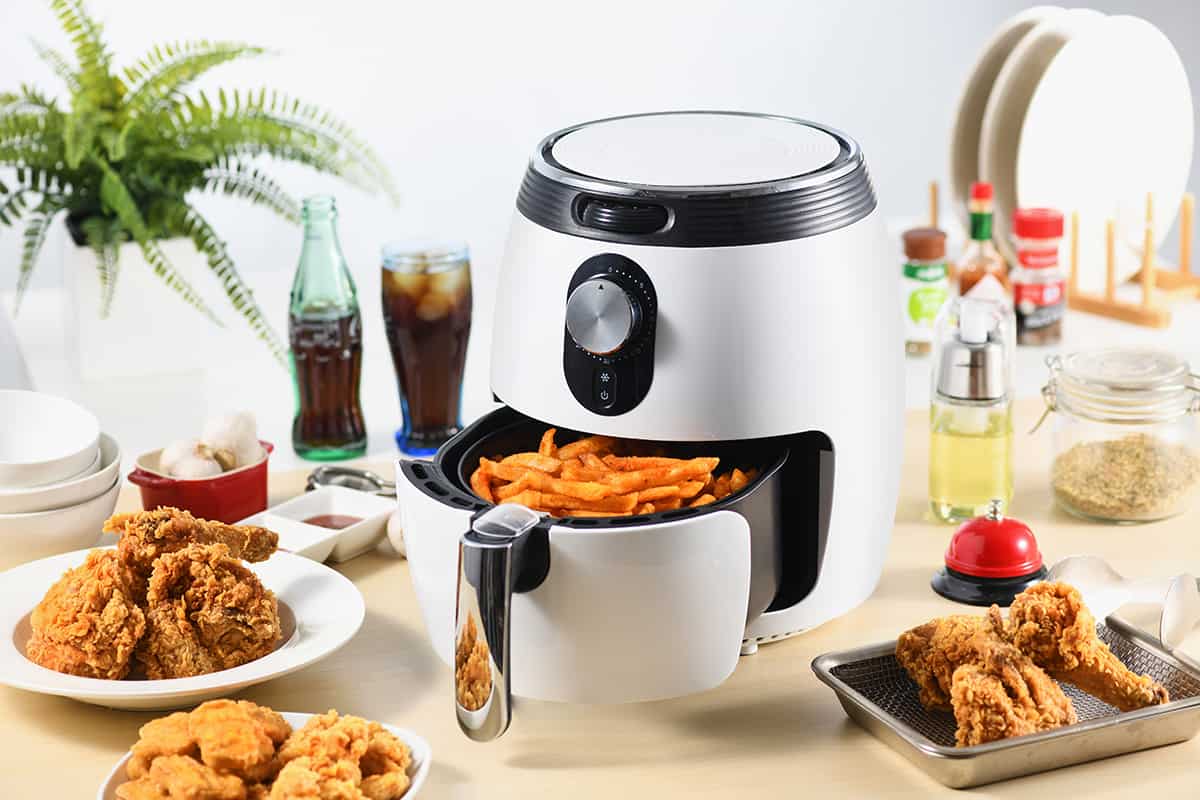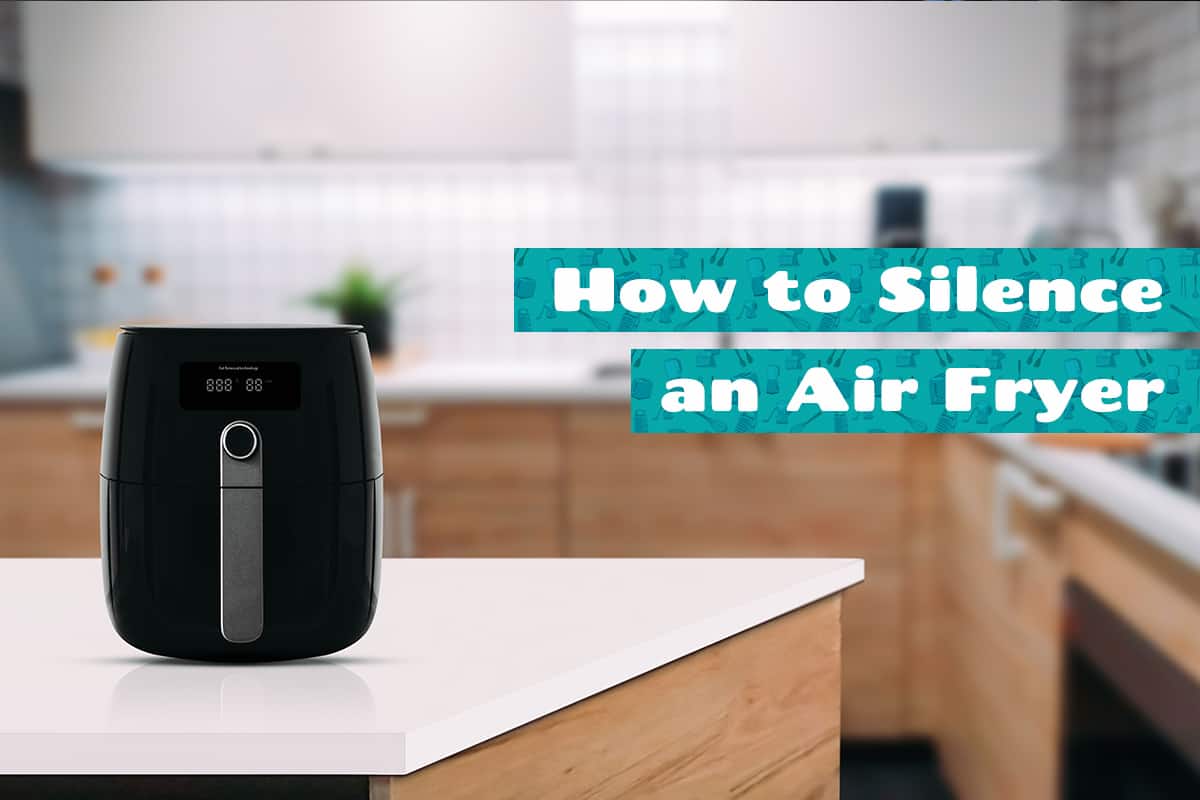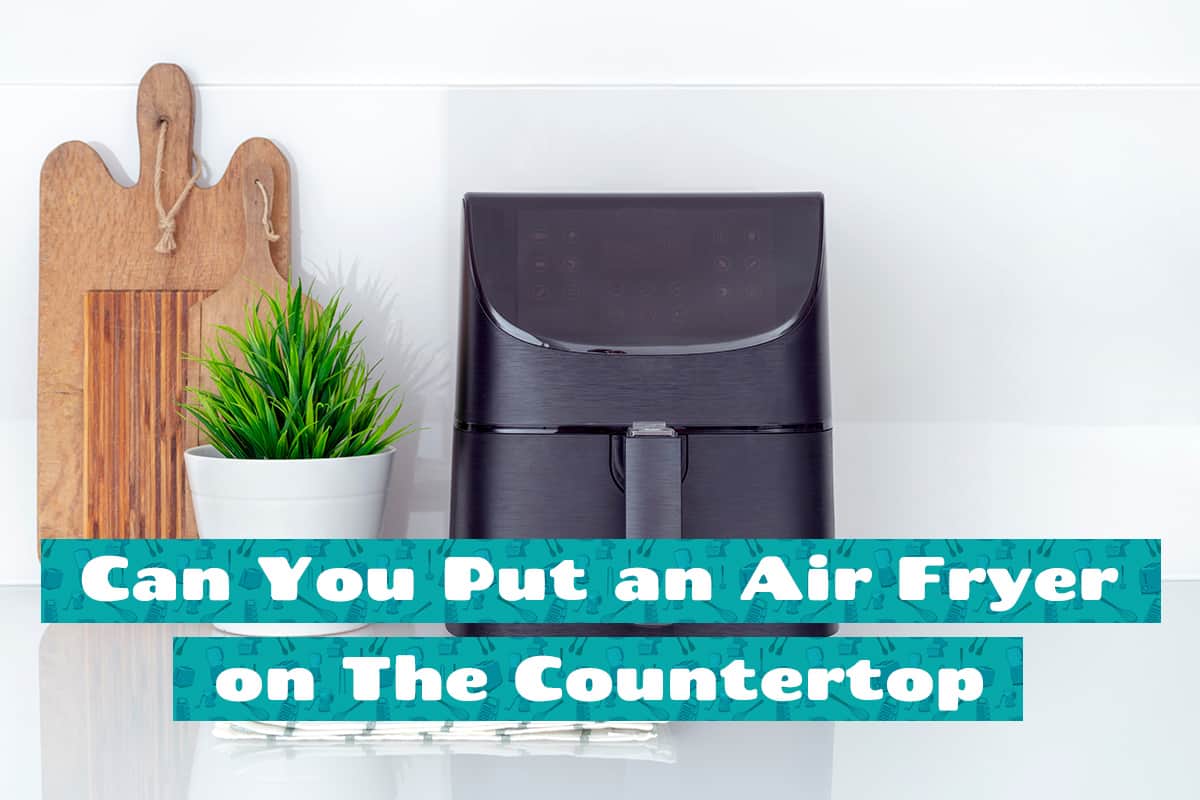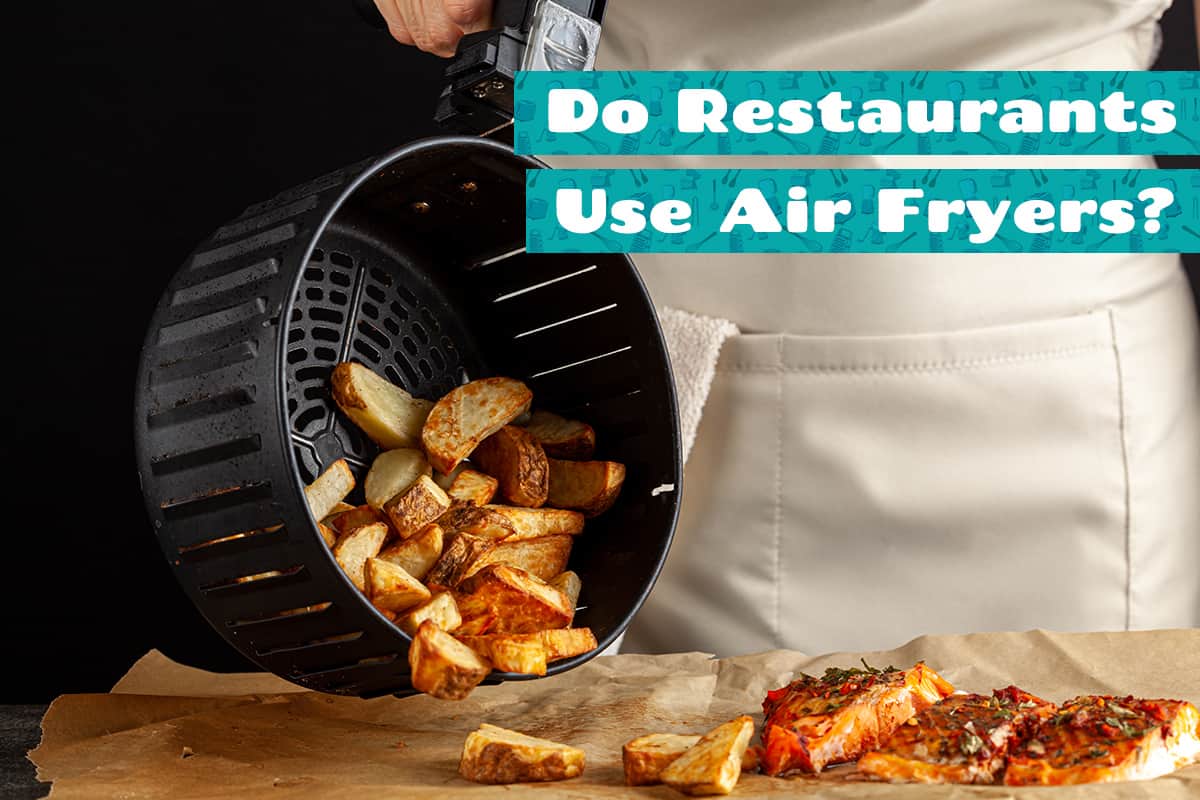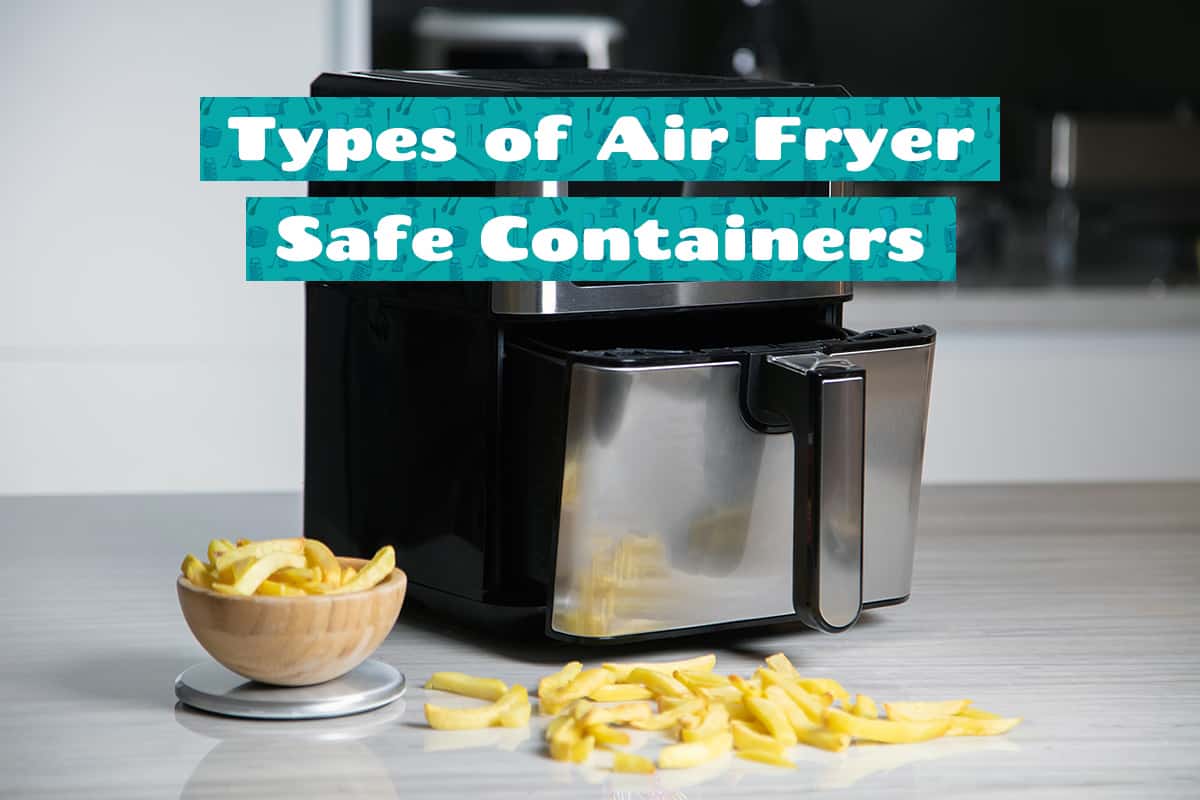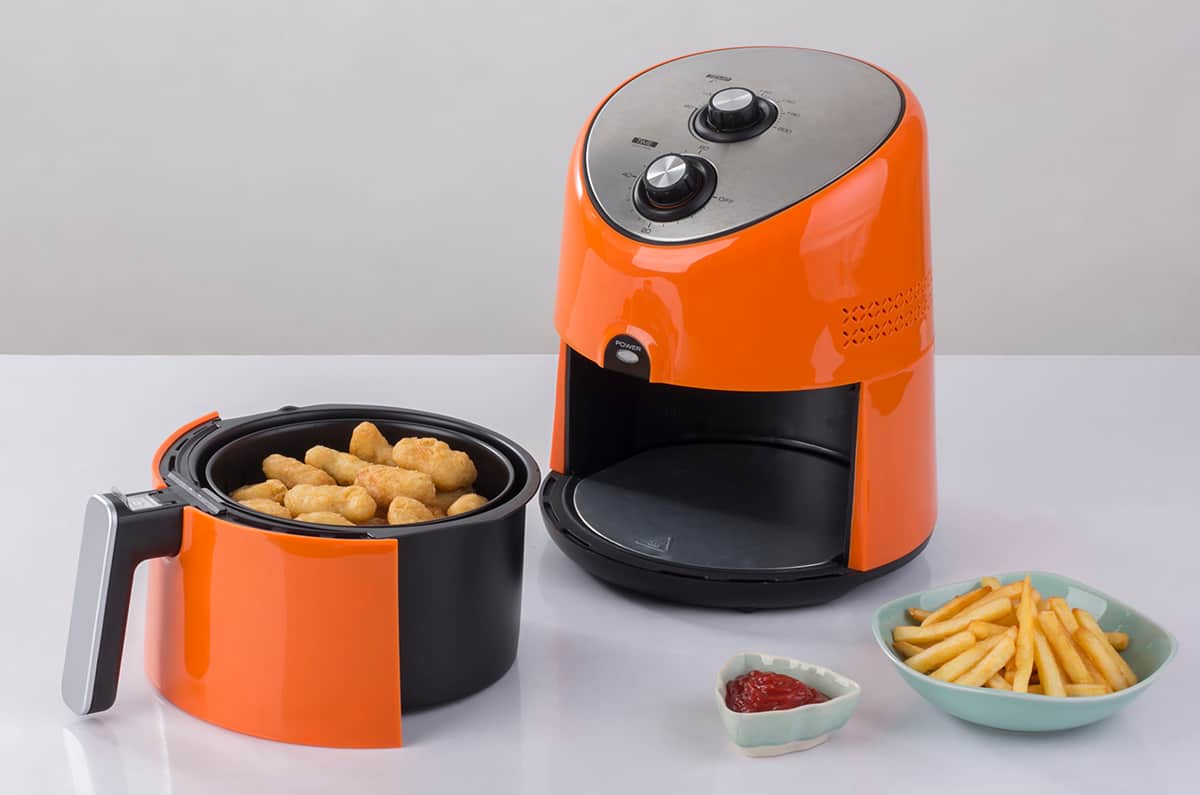People claim that an air fryer is the perfect cooking tool if you’re on a diet. It doesn’t require any fat at all to crisp up your food, so you can enjoy delicious French fries without nearly as much guilt. But how true is it that air fryers don’t need fat at all?
Air fryers have nonstick food pans, so you don’t need to line the pan with oil or grease. However, you can add a bit of oil or butter to your dish to enhance its flavors while cooking it in an air fryer.
So, if you want to add oil to your air-fried food, how much do you need? I’ll address this commonly asked question and a lot more down below.
How Do Air Fryers Crisp Food?
Before we begin, let’s first talk about how an air fryer cooks food.
Air fryers share many of the same components and properties as a convection oven. For those out of the loop, a convection oven is an oven that uses a fan to circulate heat actively inside the cooking cavity in order to cook food evenly from all directions. An air fryer is no different—it’s simply a convection oven but at a smaller scale.
An air fryer comes with a ceiling-mounted heating coil that heats up the air inside the food basket. A fan from underneath the basket blows air around, allowing it to crisp the exterior of your food while cooking its interior at an even rate.
One of the biggest selling points of an air fryer is that you don’t need to add oil to the food basket to crisp up food. Air fryers use nothing but recirculated heat that causes the Maillard reaction. Basically, your food will have a delicious crunch without introducing added fats to the dish.
But is this true?
Do Air Fryers Use Oil?
Here’s the thing about the Maillard reaction: it doesn’t require any fat at all. The browning you see on food that has been cooked at 350°F and beyond is due to caramelization—the melting of sugars. Fat is not a necessary component for the Maillard reaction to take effect.
That said, fat is a flavor vehicle that doesn’t just enhance how good your food tastes but also introduces moisture into your food. As you may already know, placing food in a hot environment, such as an oven or an air fryer, will cause it to dry out somewhat. A bit of oil will keep your food from dehydrating while it spends several minutes in a super-heated environment.
In short, oil isn’t a necessary ingredient when air-frying food – the same is true if you intend to put water into the air fryer, but a bit of fat or water can really go a long way.
How Much Oil to Add to an Air Fryer
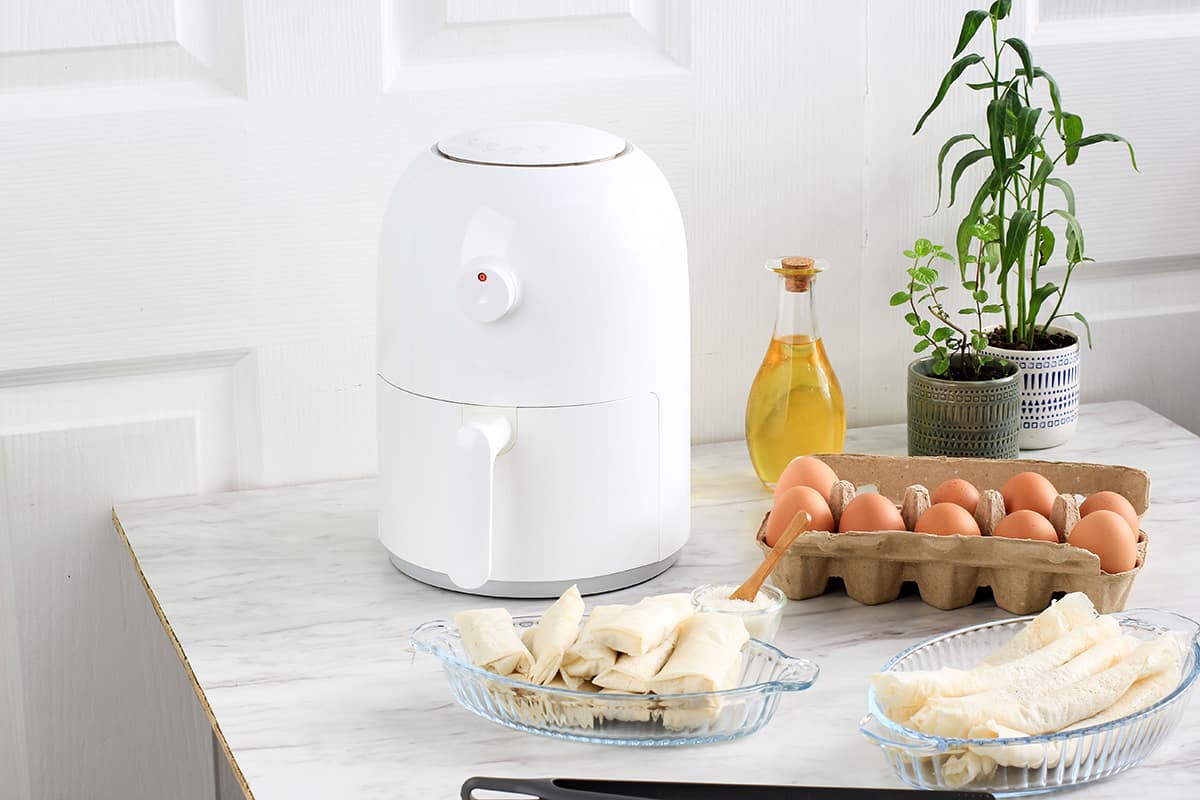
So, if you’re going to add oil to your air fryer, how much of it should you use? A general rule of thumb to follow is to use slightly less oil than you think you’ll need. For the most part, 1 or 2 teaspoons of oil should be enough for most dishes.
When adding oil to an air fryer, make sure you put the oil on the food and not in the food pan. Liquids that leak from your food will find their way into the drip pan. In extreme cases, the oils might actually make their way into the air fryer’s fans, which will spray them all over the place. This is another reason why you shouldn’t have a bunch of standing oil in your air fryer.
Which Oils Are Best for Air Fryers?
The best type of oils for air fryers are those with high smoke points. The smoke point of cooking oil refers to the temperature at which it stops shimmering and begins releasing smoke. At this point, the oil will discolor your food and give it a funky odor.
Air fryers can reach temperatures of 400°F and beyond. You will most likely crank the temperature of your air fryer to increase the crispiness factor of your air-fried food. So, if you want to enhance the flavor and moisture of such dishes, you should stick to peanut oil, avocado oil, sesame oil, sunflower oil, and canola oil.
Butter and olive oil pack even more flavor than the aforementioned cooking oils, but they have low smoke points (around 300°F and 374°F, respectively). You can certainly use butter and olive oil during the final 2 or 3 minutes of cooking, but if you’re going to start with oil in your air-fried food, stick to a neutral oil with a high smoke point.
Can I Use a Nonstick Spray Oil in an Air Fryer?
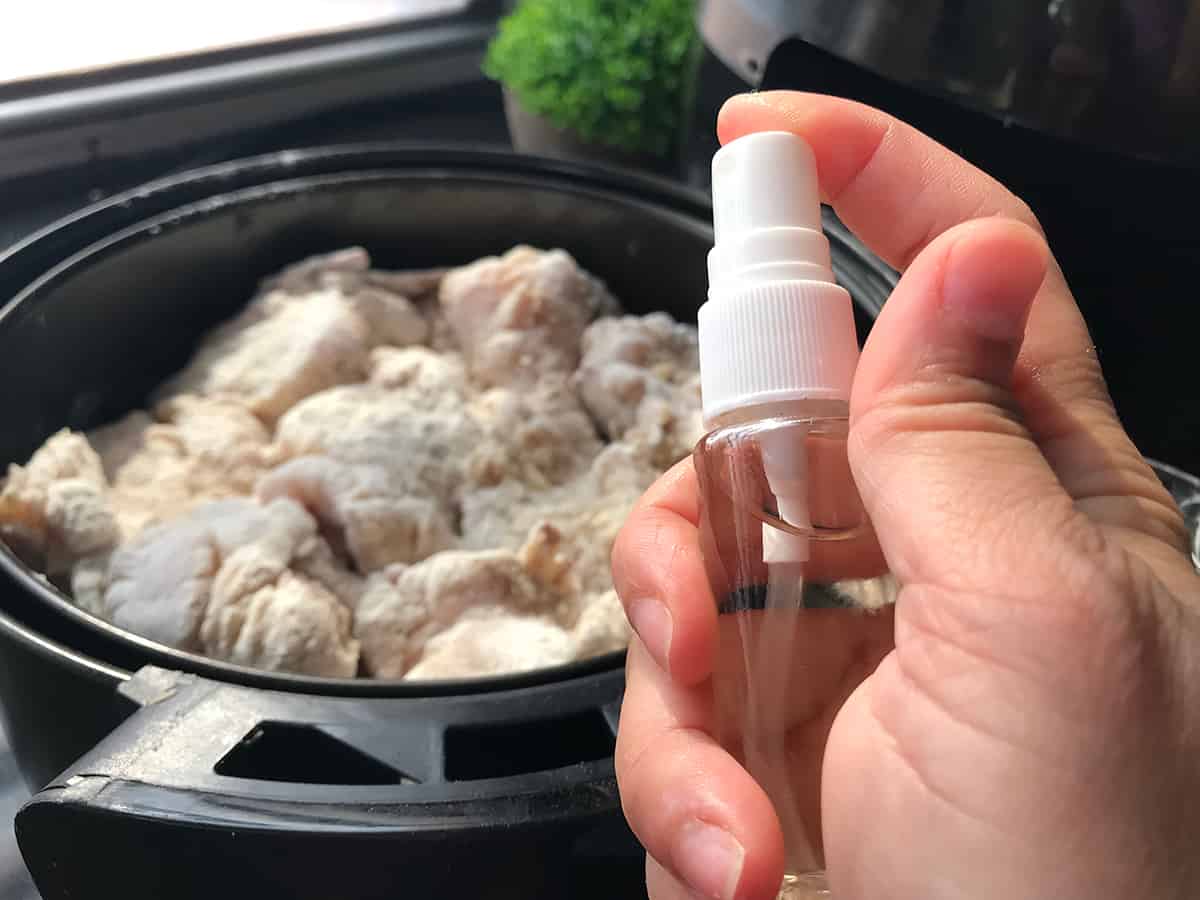
While nonstick spray is great at preventing food from sticking to plastic, stainless steel, and aluminum, it’s not something you want to spray into your air fryer. Teflon and nonstick cooking sprays don’t mix, so keep your Pam sprays away from your air fryer when possible.
What happens when you spray Pam on Teflon is that it results in a buildup of hard-to-remove particles. Over time, the buildup will increase in volume, and it will be downright impossible to remove it without damaging the nonstick surface.
Also, you shouldn’t lubricate the air fryer’s food pan or basket in the first place. Instead, you should lubricate the exterior of your food or push pats of butter underneath chicken and turkey skin.
How to Remove Greasy Residue from an Air Fryer
If you use oil in your air fryer, the inside of the device will inevitably become soiled with a greasy residue. Luckily, removing the grease from the food pan, basket, and base of your air fryer is pretty simple. Here’s how you do it:
- Turn off the air fryer and let it come down to room temperature.
- Remove the food basket and food pan.
- Disassemble the pan from the basket.
- Dunk the pan and basket in a tub of soapy water and let them sit for 10 minutes.
- Use the soft side of a sponge to scrub the pan and basket.
- Rinse the pan and basket and let them air-dry on a dishrack.
- Use a paper towel to clean the inside of the air fryer’s base, including the cooled heating coils.
- Use a damp microfiber cloth to clean the interior and exterior of the base.
Nonstick Accessories for Your Air Fryer
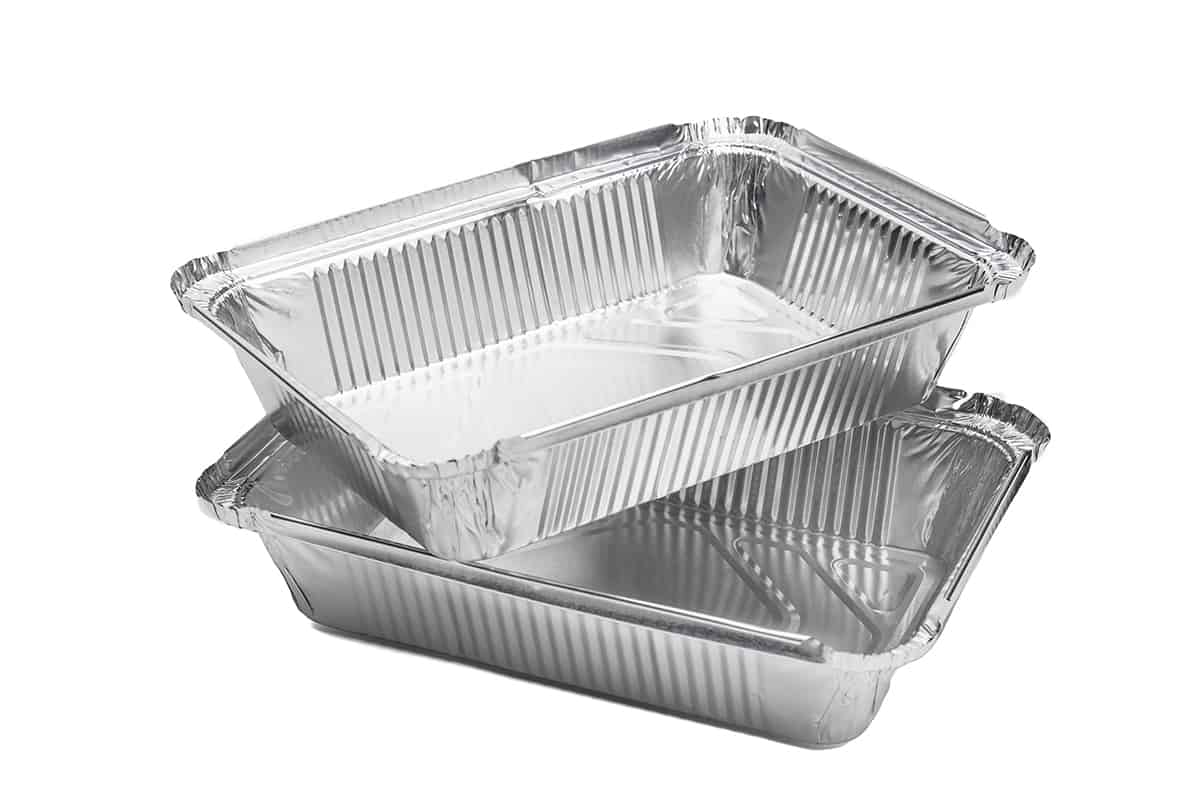
If your goal is to lubricate your air fryer to prevent your crisped-up food from sticking to the base of the food pan, here’s what you can use instead of oil:
Aluminum foil boat
Take a sheet of aluminum foil and fold it until it becomes boat-like in shape. You can place food in the tin foil boat, which will also trap its juices and prevent them from falling into the air fryer’s drip pan. After accumulating the juices, move them to a pan with roux to make gravy from scratch!
Parchment paper
Parchment paper can usually withstand heated environments of up to 450°F, though the exact heat tolerance of a sheet of parchment paper may vary from brand to brand. The great thing about parchment paper is that it has a nonstick surface, so your food will easily slide off it when it’s fully cooked. However, the downside is that the paper will block the perforated base of the food pan, preventing optimal airflow from all directions.
Silicone mat
You can pick up a silicone mat for your air fryer to keep your food from contaminating the food pan’s walls and mesh base. Silicone doesn’t retain heat as well as metal, so when your food is done cooking, you can remove the silicone mat from your air fryer without leaving third-degree burns on your fingers. But just like parchment paper and aluminum foil, the silicone mat will prevent optimal airflow from every direction.
